Guide to Finding the Right Hiking Shoes
Choose Hiking Shoes Based on the Terrain and Conditions
If you’re an avid hiker, you know that having the right pair of shoes can make all the difference on the trail. There’s nothing worse than setting out on a hike with shoes that aren’t made for the terrain or ones that don’t fit as well as they could. That’s why we’re covering all the key considerations when choosing the right hiking shoes for your needs.
First and foremost, it’s important to think about the terrain and conditions you’ll be facing. Different types of hiking shoes are designed for specific types of terrain, so it’s important to match the shoe to the conditions you’ll be hiking in.
If you’re planning to hike on rugged, rocky trails, you’ll want a more durable and sturdy shoe with good traction. This style of shoe will prevent slips and provide you with a strong base for even the bumpiest of trails. Look for shoes with a sturdy sole and aggressive tread pattern to help you grip the ground and navigate rough terrain. A shoe with a high ankle cut can also provide added support and protection on trails that are a little rougher to navigate.
On the other hand, if you’re planning to hike on relatively smooth and even trails, a lighter,pliable shoe may be more suitable. Look for shoes with a lower ankle cut and a malleable sole for a comfortable, natural feel on the trail.
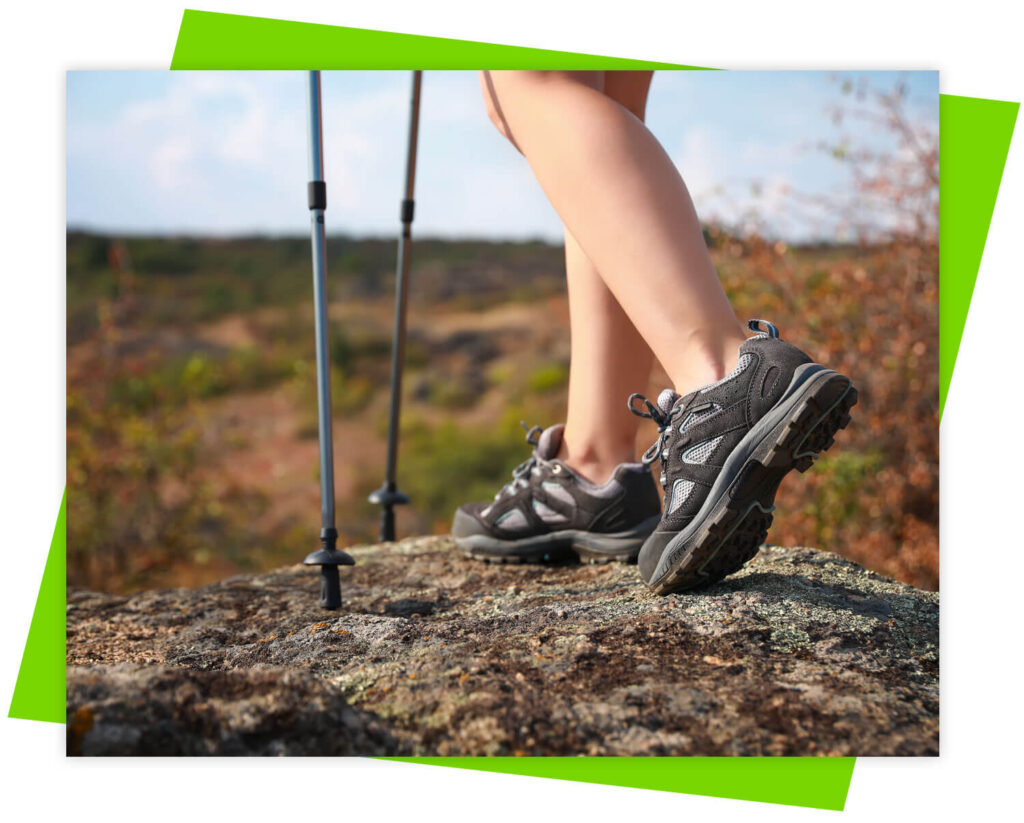
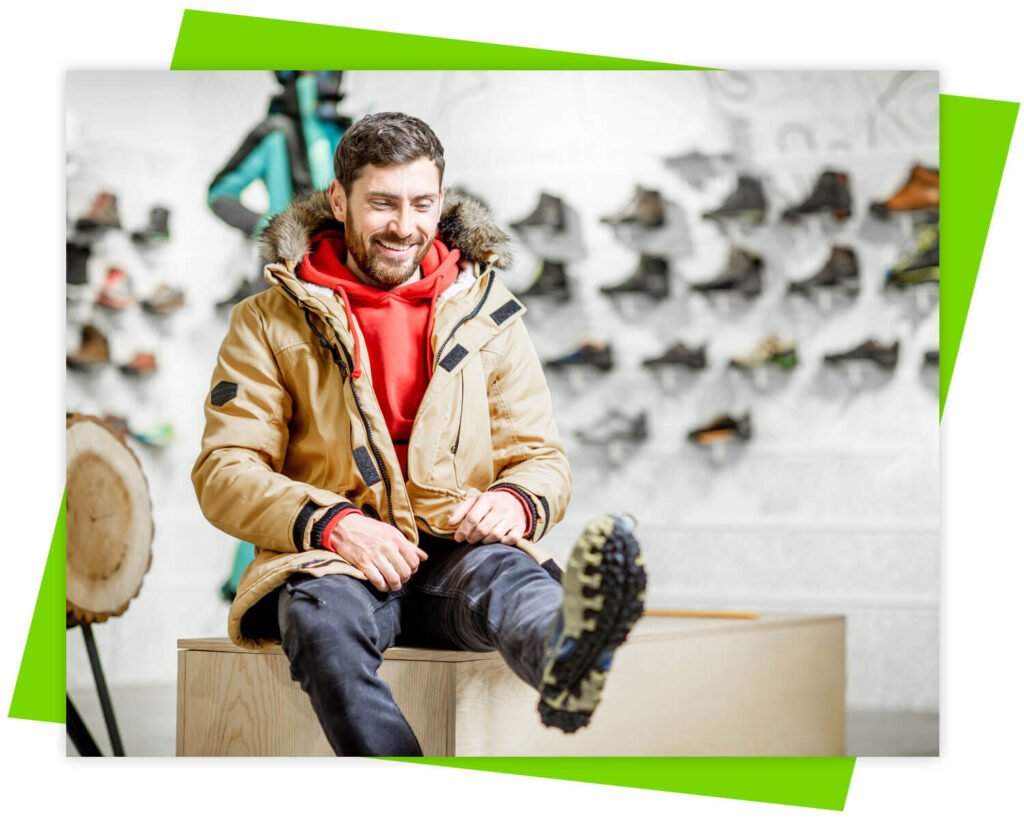
It’s also worth considering the weather and climate you’ll be hiking in. If you’ll be hiking in wet or damp conditions, waterproof hiking shoes can help keep your feet dry and snug. On the other hand, if you’ll be hiking in hot and dry conditions, footwear with good breathability can help keep your feet cool and dry.
Regardless of which terrain you’ve picked for your next hike, the best rule of thumb is to consider the conditions first before picking the shoe.Look for a shoe that offers the right balance of durability, support, and comfort for your needs, and don’t be afraid to try on several different brands and styles to find the one that feels the best.
Importance of Waterproofing and Support in Hiking Shoes
Waterproofing and support are two major features to consider. Let’s discuss the significance of both and how to achieve a proper balance between them.
Let’s talk waterproofing first. If you’re going to be hiking in wet or rainy conditions, it’s crucial to have a pair of shoes that can keep your feet dry. Wet feet can lead to all sorts of problems, including blisters, foot infections, and even hypothermia in extreme cases. Waterproof hiking shoes can help to prevent these issues by keeping your feet dry, even in extremely wet conditions.
Equally as important as waterproof would be support. Hiking can be tough on your feet and ankles, especially if you’re carrying a heavy pack or tackling rough terrain. That’s why it’s important to have a pair of shoes that offer plenty of support. Look for shoes with sturdy soles, ample cushioning, and good arch support to help keep your feet and ankles stable and comfortable.
So, how do you find the perfect balance of waterproofing and support?
The key is to choose a pair of shoes that are designed specifically for hiking. These shoes will typically offer a combination of waterproofing and support features that are tailored to your hiking needs. Don’t hesitate to try on many different pairs, if you’re investing into hiking shoes you’ll want to make sure you’re getting the best option.. And don’t forget to bring your hiking socks with you when you go shoe shopping – they can make a big difference in how a shoe fits and feels.
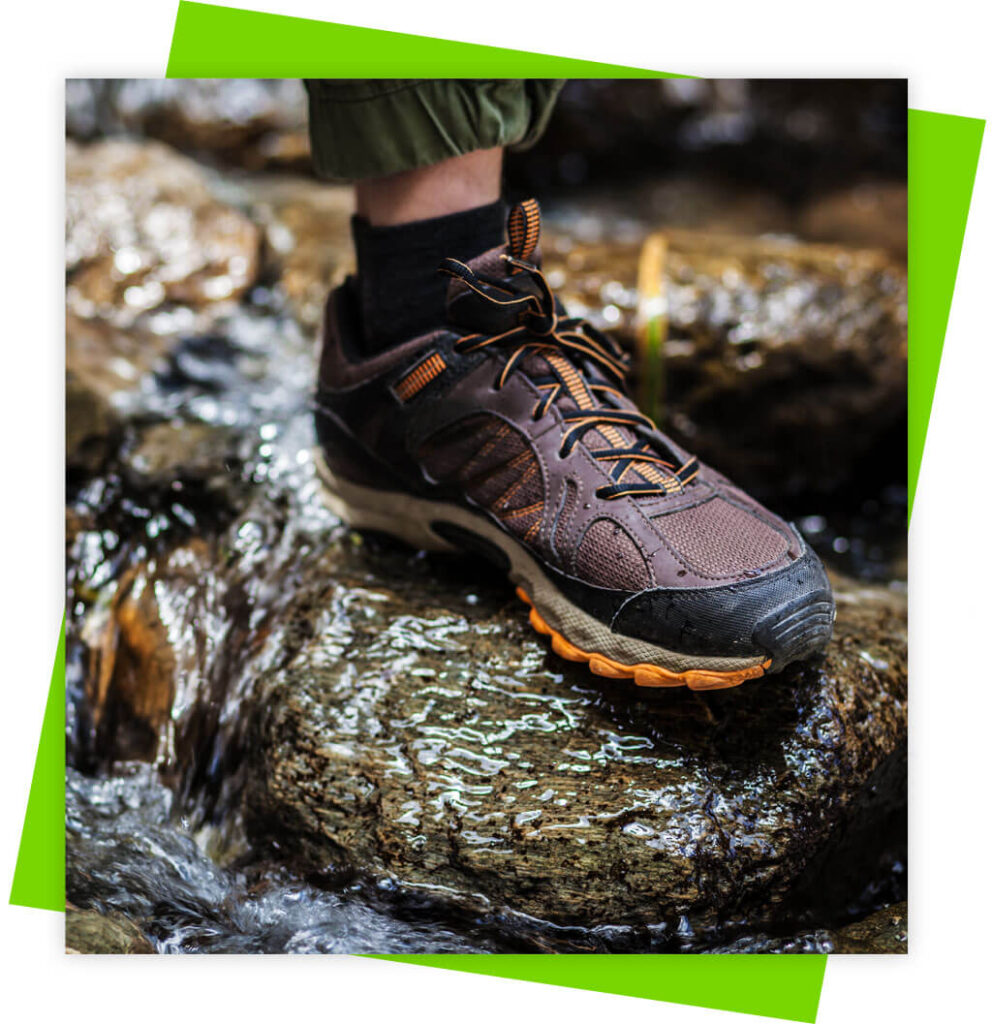
Ankle Support in Hiking Shoes
Some hiking trails are more rugged and rocky and they can be hard to navigate, especially without proper ankle support. The last thing you want is to be halfway through a trail and you step on a unstable rock resulting in a twisted ankle. That’s why its vital to consider ankle support when choosing hiking shoes.
Hiking can put a lot of strain on your ankles, especially if you’re going on uneven or rocky terrain. Without proper support, you may be at risk for sprains or other injuries. That’s where good hiking shoes come in.
When you’re on the hunt, keep an eye outfor shoes with high ankle support. This means the shoe will come up higher on your ankle, providing more stability and protection. Some hiking shoes even have built-in ankle support in the form of a molded plastic or foam piece on the outside of the shoe.
Another way to increase ankle support is by wearing hiking boots instead of shoes. Hiking boots are generally more sturdy and offer more support than shoes, making them a good choice for longer hikes or more challenging terrain.
If you’re not sure which type of shoe to choose, it might be helpful to consult with a salesperson at Wooki. We can help you find a shoe that fits well and offers the right amount of support for your needs.
Keep in mind that finding the perfect hiking shoe is a personal process and what works for one person may not work for another. It’s important to try on several different pairs and take them for a test walk to see how they feel before making a decision.
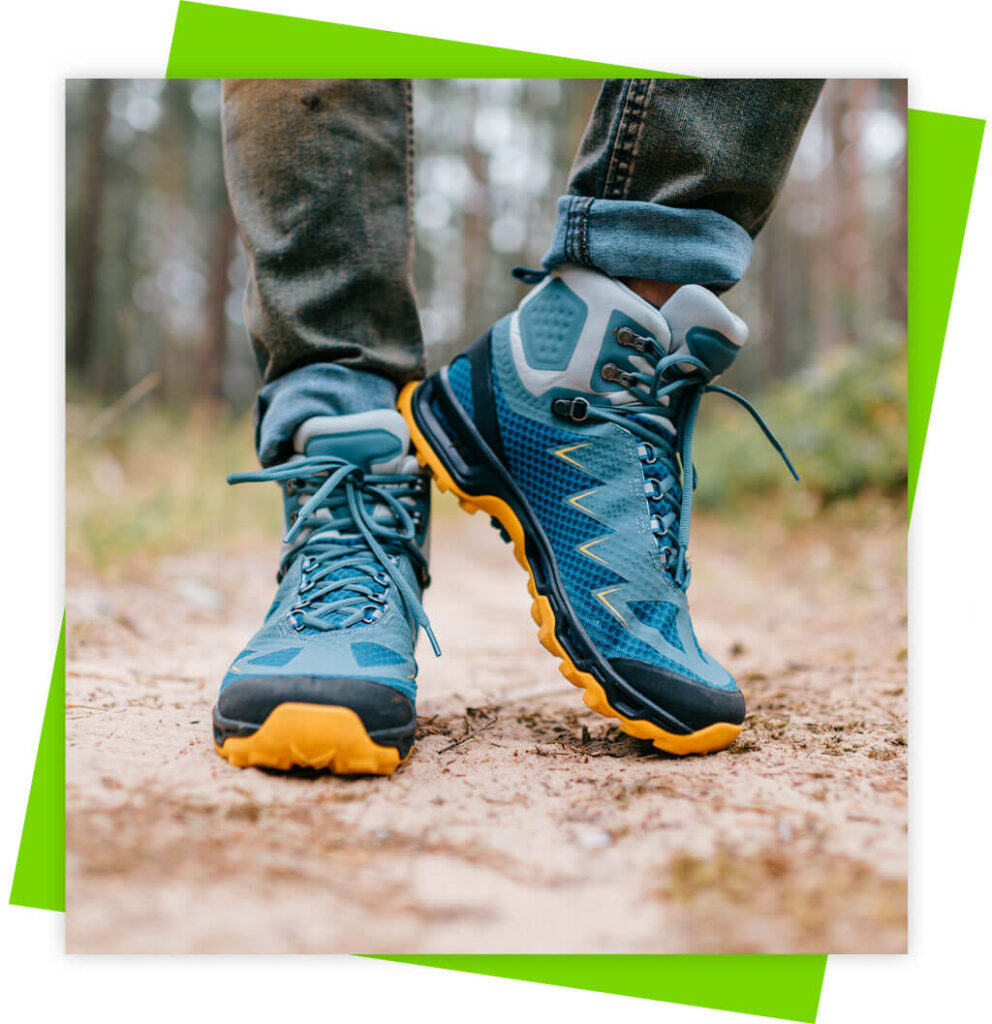
Benefits of Investing in High-Quality Hiking Shoes
When it comes to hiking, having the right footwear is essential. While it may be tempting to go for the cheapest option, investing in high-quality hiking shoes can payoff in the long run.
Here are a few benefits of investing in good hiking shoes:
Durability – cheap hiking shoes may break down more quickly, requiring you to replace them more often. By investing in a high-quality pair, you’ll be able to enjoy your hikes for longer without having to worry about your shoes falling apart.
Comfort – high-quality hiking shoes are generally more comfortable to wear, which is especially important if you’ll be on your feet for long periods of time. You want to make sure your shoes are comfy enough to wear all day, or you might end up with blisters or other foot problems.
Performance – good hiking shoes are designed to provide excellent traction and stability on a variety of terrain. This can make all the difference when you’re out on the trails. Cheap hiking shoes may not offer the same level of performance, which could lead to slips or falls.
Support – having the right amount of support is crucial when it comes to hiking shoes. High-quality options will offer better support for your feet and ankles, helping to prevent injuries.
But just because you’re investing in high-quality hiking shoes doesn’t mean you have to break the bank.
There are plenty of options out there that are affordable and offer great value for your money. Wooki is a great place to find high-quality brands at a discount. With a little bit of research, you can find the perfect pair of hiking shoes that meet your needs and your budget.
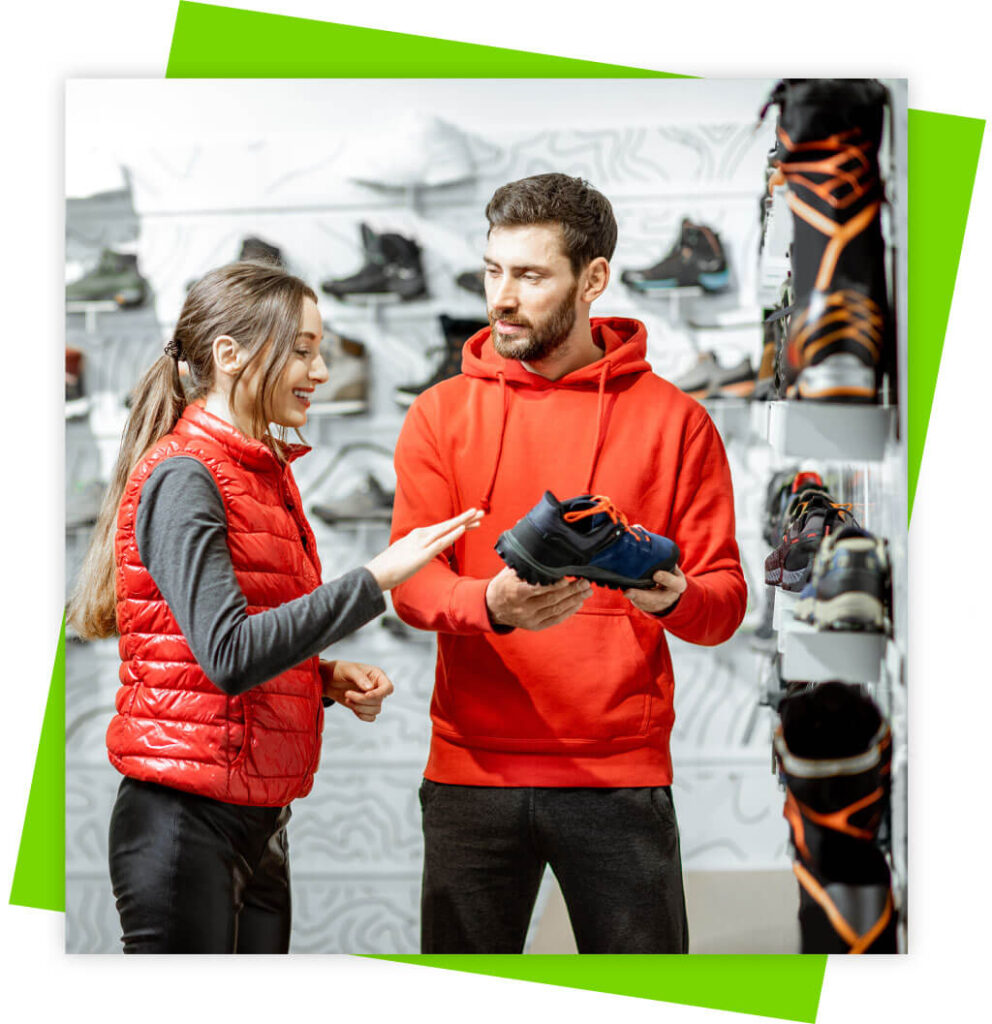
The Best Brands for Hiking Shoes
When it comes to hiking and trail running shoes, there are many great brands to choose from. Here are a few top contenders:

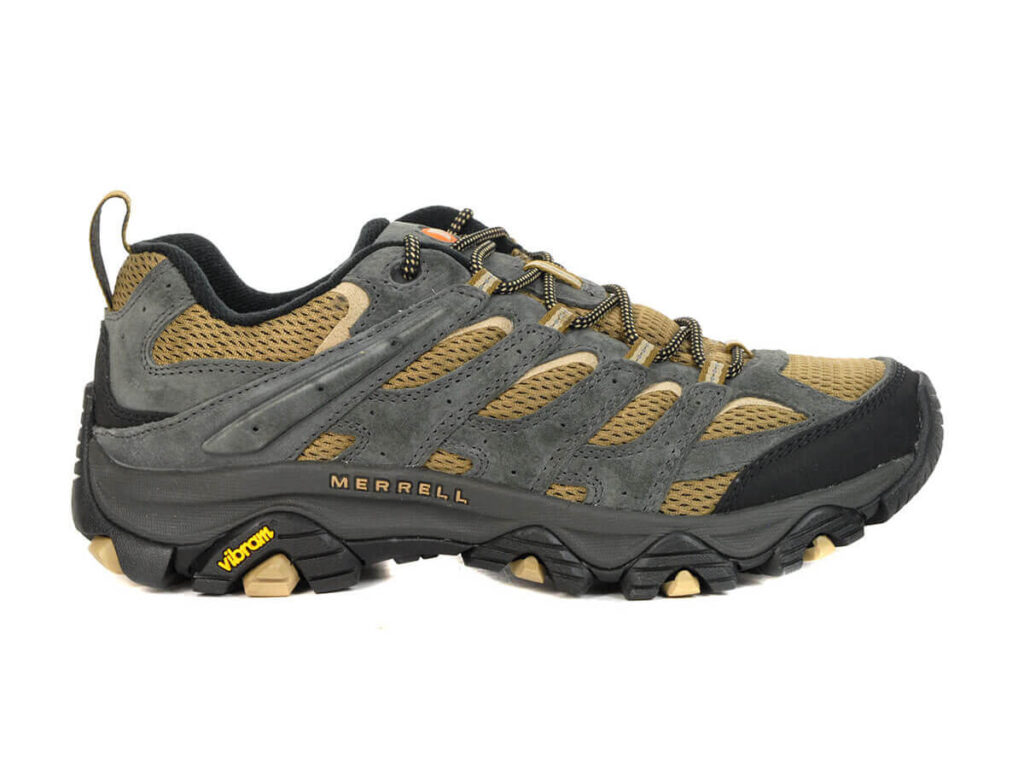
Merrell
Known for their high-quality and durable shoes, Merrell is a popular choice for hikers. They offer a wide range of styles, from lightweight trail runners to sturdy hiking boots, so you can find the perfect fit for your needs.
Dunham
Another well-respected brand, Dunham makes comfortable and reliable hiking shoes that are perfect for long days on the trails. They offer both low-cut and high-cut options, so you can choose the level of support that’s right for you.
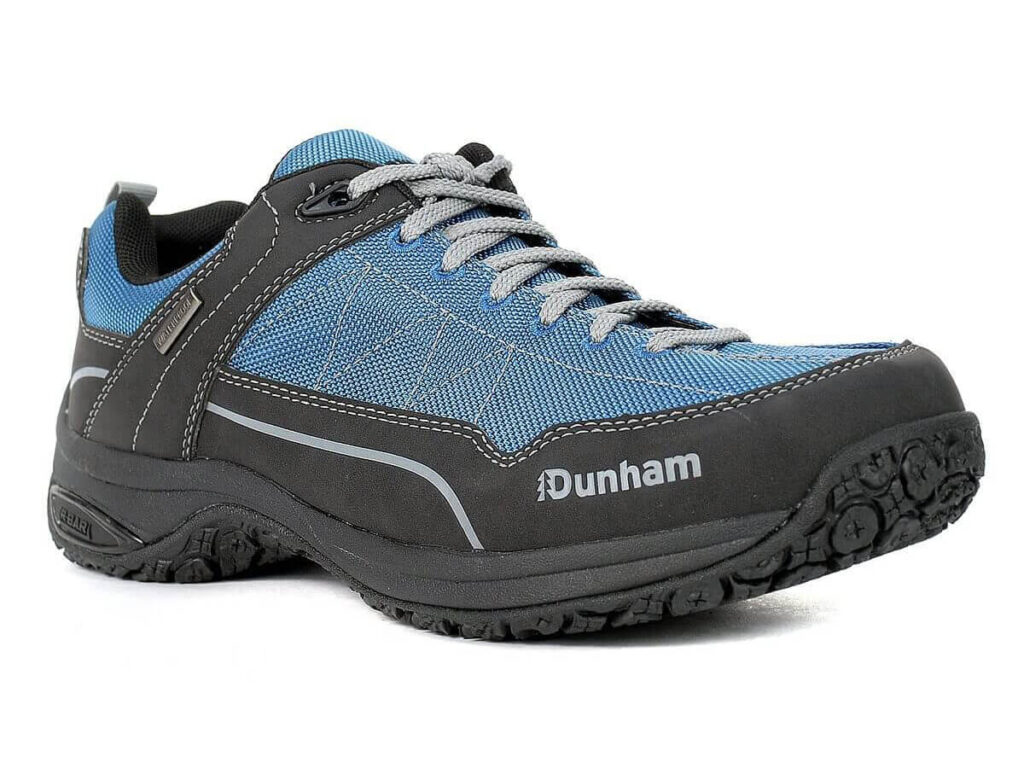
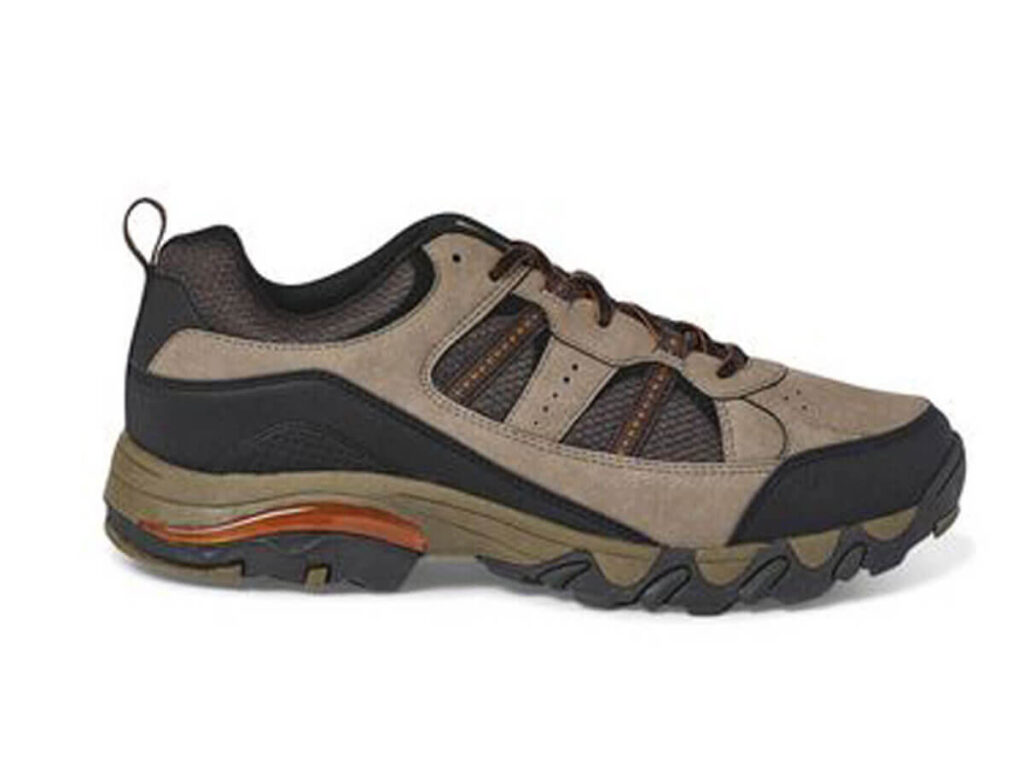
Dr Scholls
This brand is known for their innovative footbeds and arch support, making them a great choice for hikers who need extra support. They offer a variety of styles, including both low-cut shoes and boots.
Saucony (trail running)
If you’re more of a trail runner than a hiker, Saucony is a great brand to consider. They offer a range of lightweight and breathable shoes that are perfect for off-road adventures.
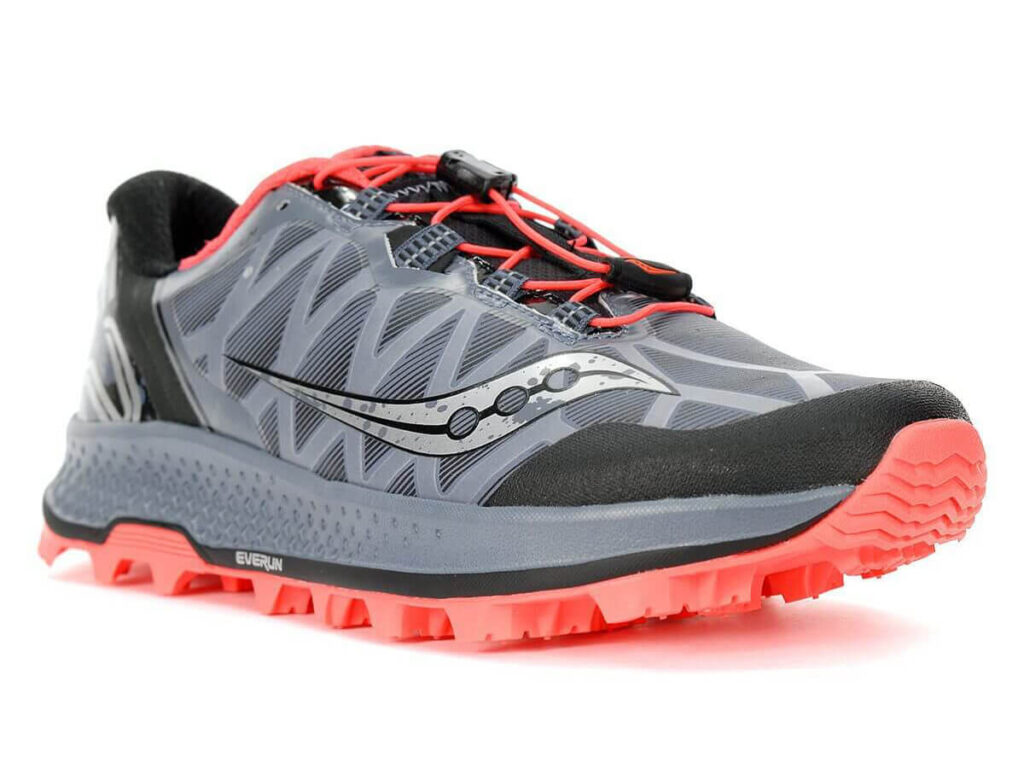
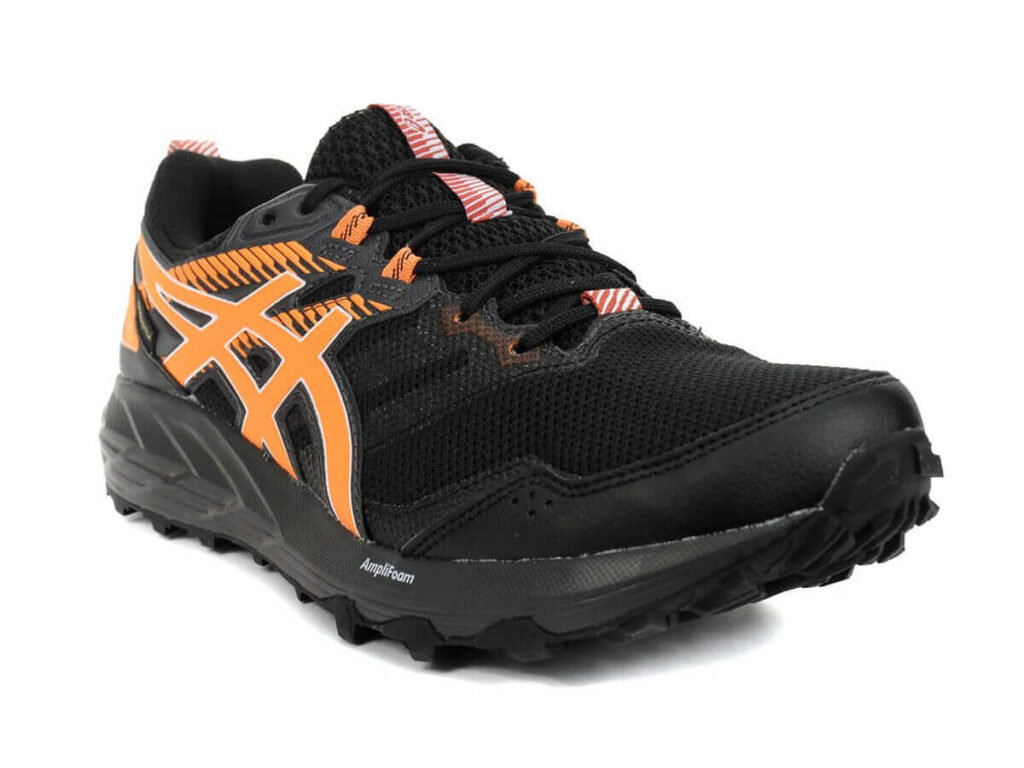
Asics (trail running)
Another excellent choice for trail runners, Asics offers a variety of shoes with features like Gore-Tex waterproofing and extra support for rough terrain.
No matter which brand you choose, it’s important to try on several different pairs and take them for a test walk to find the best fit for you. Don’t be afraid to spend a little extra to get a good pair – they’ll be worth it in the long run.
The Difference Between Hiking Boots and Hiking Shoes
When it comes to finding a pair of shoes for your outdoor adventures, you’ll have a few different options to choose from: hiking boots, hiking shoes, and trail running shoes. But what’s the difference between these three types of footwear?
Hiking boots are generally more sturdy and heavy-duty than hiking shoes and trail running shoes. They usually have a higher ankle support and a thicker sole, which makes them a good choice for more rugged and challenging trails. They can also be a good option for hikers who carry a lot of weight in their pack, as the extra support can help to distribute the weight more evenly across the foot.
Hiking shoes, on the other hand, are usually lighter and more flexible than hiking boots. They often have a lower ankle support and a thinner sole, which makes them a good choice for shorter and easier trails. They are also a good option for hikers who prefer a more agile and nimble feel on the trail.
Trail running shoes are designed specifically for running on trails. They are generally even lighter and more flexible than hiking shoes, with a thinner sole and less ankle support. They are a good choice for hikers who want a fast and agile feel on the trail, and for those who enjoy running on trails.
When it comes to choosing between hiking boots, hiking shoes, and trail running shoes, it’s all about finding the right balance between support, agility, and your preferred activity. If you’re planning on tackling some tough trails, you may want to opt for a pair of sturdy hiking boots. If you prefer a more lightweight and flexible feel, hiking shoes or trail running shoes might be the better choice for you.
The Role of Toe Protection in Preventing Injuries on the Trail
A huge consideration that many shoe shoppers overlook is toe protection. When you’re out on the trail, you’ll be navigating over rocky and uneven terrain, and you’ll need to make sure that your toes are protected from any accidental stumbles or falls.
Toe protection can come in a few different forms. Some hiking shoes have a thick and sturdy toe cap that helps to protect your toes from any impacts. Other shoes have a reinforced toe box, which helps to keep your toes safe and secure.
No matter what form of toe protection your hiking shoes have, it’s important to make sure that it is effective and comfortable. If you’re constantly worried about your toes getting hurt, you won’t be able to fully enjoy your hike.
So when you’re shopping for hiking shoes, be sure to consider the level of toe protection that they offer. It may not be the most glamorous feature, but it could end up being the most important one for keeping your feet safe and injury-free on the trail.
Tips for breaking in your hiking shoes
Once you’ve got your shoes, it’s time to break them in and get them ready for the trail.
Breaking in your hiking shoes is an important step to ensure that they are comfortable and well-suited to your feet.
Here are a few tips to help you break in your shoes:
Wear them around the house: Before you hit the trail, try wearing your new hiking shoes around the house for a few hours at a time. This will help to loosen up the material and give your feet a chance to get used to the fit and feel of the shoes.
Take short walks: Once you’ve worn your shoes around the house for a bit, try taking them for a short walk around the neighborhood. This will help to break in the shoes even more and give your feet a chance to adjust to the fit.
Wear them on easy trails: When you’re ready to take your shoes on the trail, start with some easy trails to give your feet and the shoes a chance to get used to each other.
Be patient: Breaking in hiking shoes can take time, so don’t be discouraged if you’re not completely comfortable right away. Keep wearing them on short hikes and your feet will eventually adjust.
By following these tips, you’ll be well on your way to breaking in your new hiking shoes and having a comfortable and enjoyable time on the trail.
